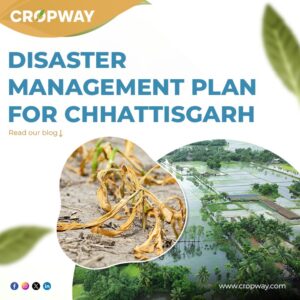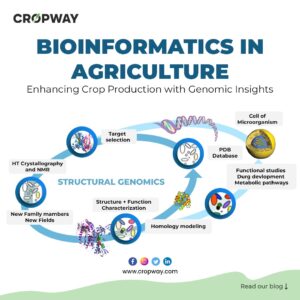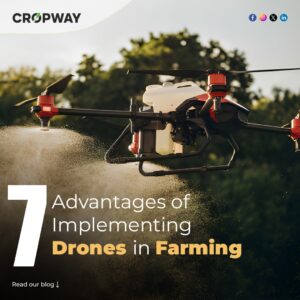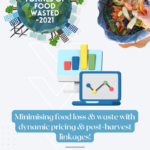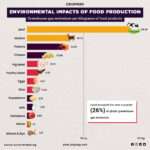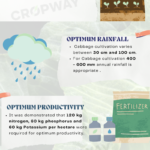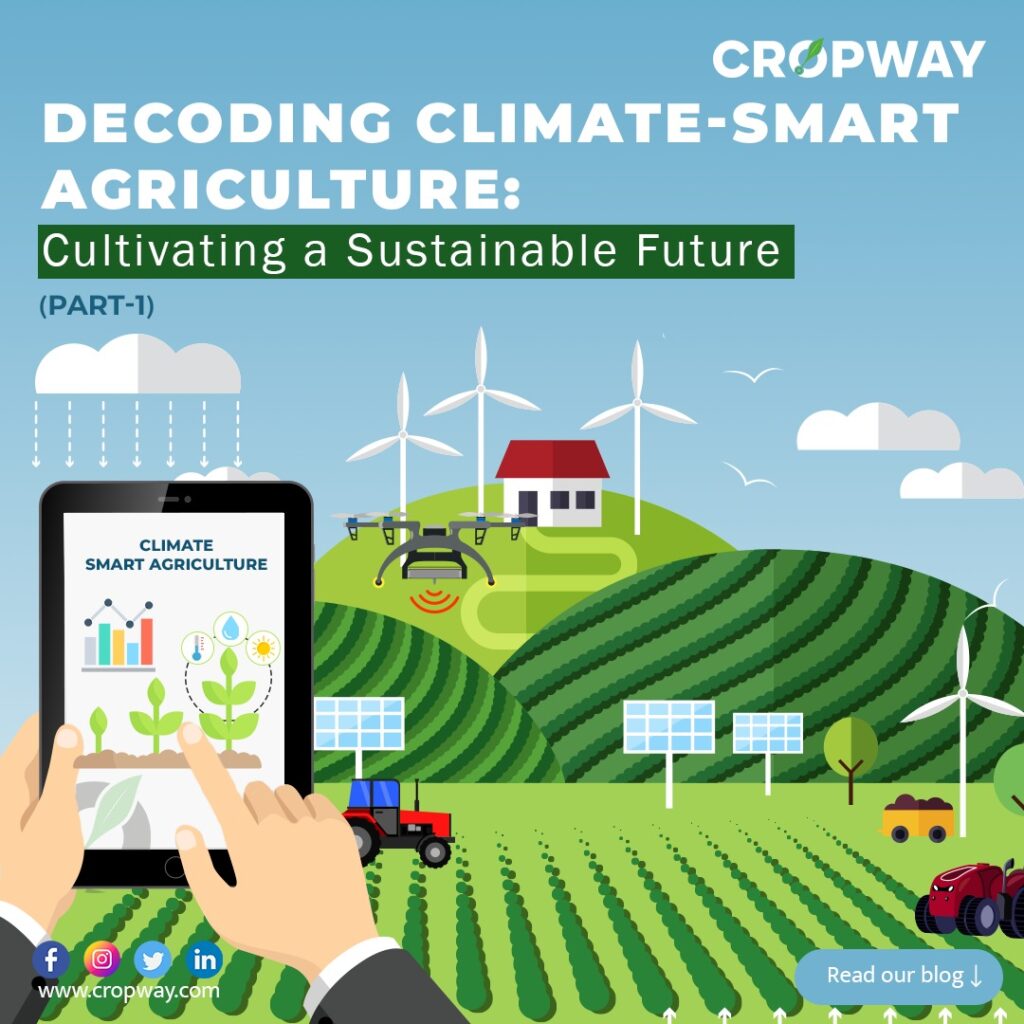
In a world where the stakes of food security and climate change are higher than ever before, a new paradigm emerges—one that unites the management of diverse landscapes, from cropland and livestock to forests and fisheries. This integrated approach, known as Climate-Smart Agriculture (CSA), is not merely a response to these challenges; it’s a blueprint for a sustainable future. In this blog we will explore a few of the techniques involved under CSA and success stories from communities who have experienced benefiting from it.
At its core, CSA strives to achieve a harmonious triad of goals, each pivotal in its own right:
Increased Productivity: In a world where hunger persists and the livelihoods of countless individuals hinge on agriculture, CSA seeks to enhance productivity. It’s about producing not just more food but better food, enriching nutrition security, and elevating the incomes of those who need it most—particularly the 75 percent of the global population dwelling in rural areas, where agriculture is the lifeblood of their existence.
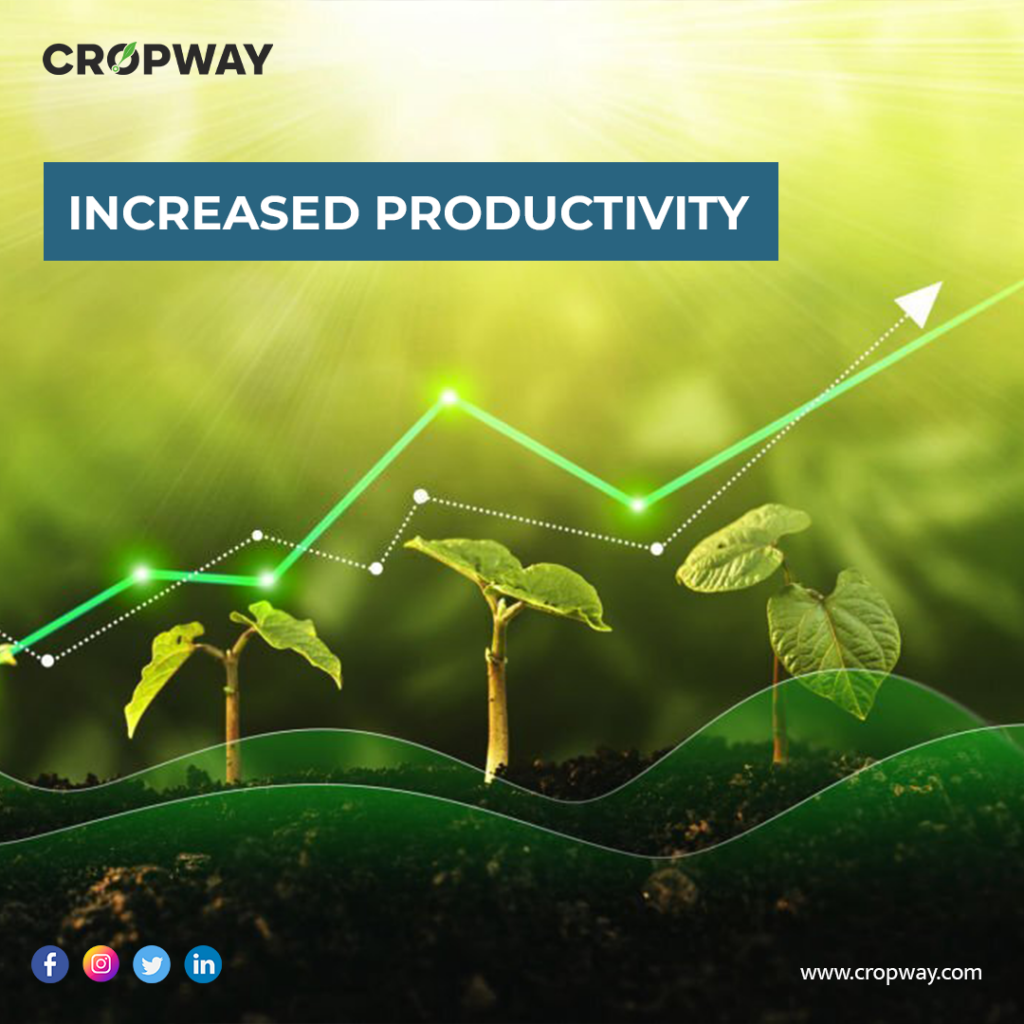
Enhanced Resilience: The world is no stranger to shocks, stresses, and the relentless march of climate change. CSA recognizes the imperative of bolstering resilience. It’s about empowering communities to weather the storms—both literal and metaphorical—by fortifying their defenses against unforeseen challenges and the gradual shifts of a changing climate.
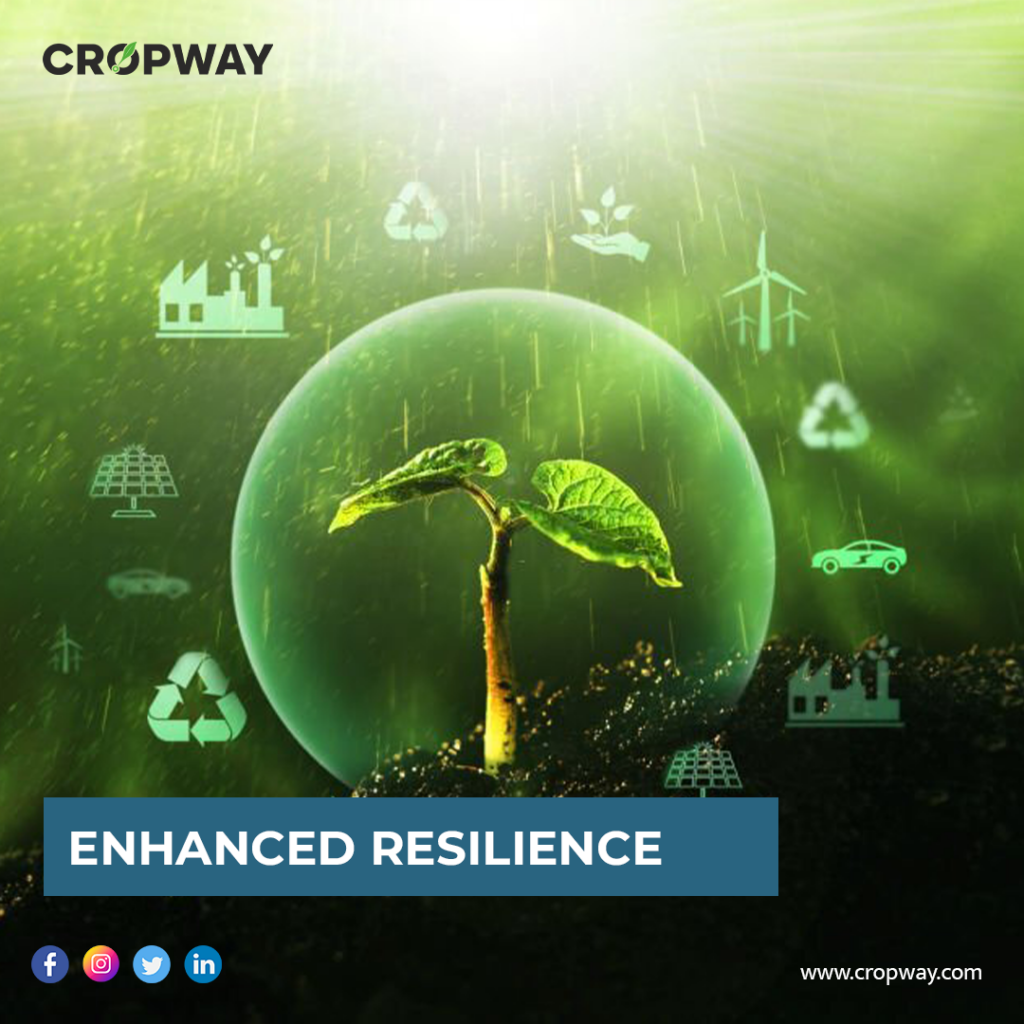
Reduced Greenhouse Gas Emissions: In an era where the effects of climate change are becoming increasingly tangible, CSA steps up to the plate to mitigate greenhouse gas emissions. It recognizes that we all share the responsibility to limit global warming to less than 2°C above pre-industrial levels. CSA doesn’t just aim to adapt; it actively contributes to the global effort to curb the forces propelling our planet toward an uncertain future.
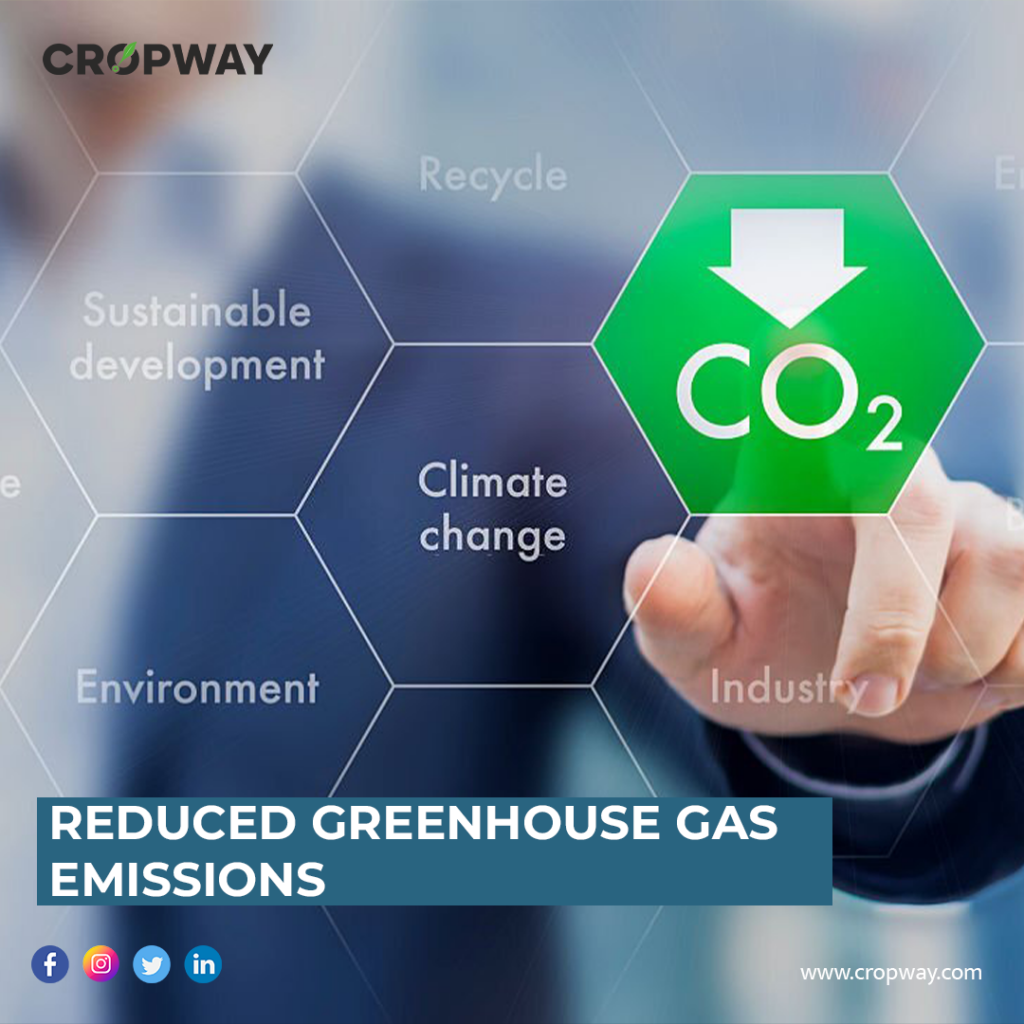
Climate Smart Agriculture Techniques & Practices
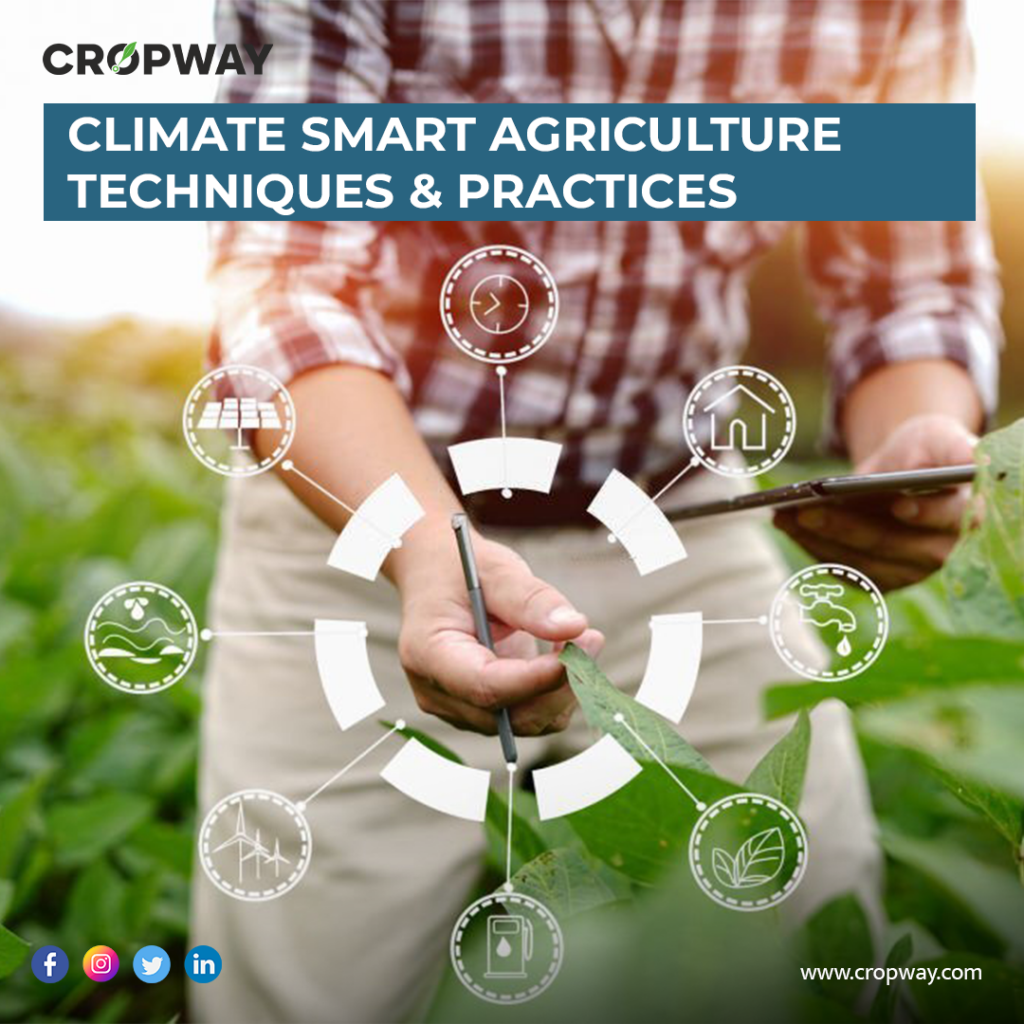
Climate-Smart Agriculture (CSA) practices share a striking resemblance to precision agriculture in their dedicated attention to comprehending the factors that impact crop yields, soil well-being, air quality, and various agricultural results. In our journey, we will now transition to explore the core principles that underpin Climate-Smart Agricultural techniques & practices:
- Utilizing Cover Crops for Sustainable Soil Management:- Cover crops play a pivotal role in sustainable agriculture. These crops, typically planted during off-season periods, serve as a natural blanket for the soil. Their benefits extend far beyond erosion prevention, as they infuse the soil with organic matter, fostering microbial activity and overall soil health. Moreover, cover crops actively engage in carbon sequestration, contributing to enhanced biodiversity and combating climate change.
- Embracing Minimal-Till and No-Till Farming Techniques:- Minimal-till and no-till farming methods represent a seismic shift in modern agriculture. By minimizing or entirely eliminating soil disturbance during planting, these practices safeguard against erosion, preserve precious moisture, and maintain soil structure. The carbon-rich organic matter remains intact, reducing greenhouse gas emissions and promoting sustainable soil health.
- Precision Nutrient Management for Eco-Friendly Agriculture:- Precision nutrient management is the cornerstone of sustainable farming. This practice ensures that crops receive precisely calibrated nutrient inputs, minimizing waste and environmental harm. It optimizes nutrient utilization, curbing runoff into waterways, and contributes to climate-smart agriculture by reducing emissions linked to fertilizer production and application.
- Harnessing the Potential of Enhanced Efficiency Fertilizers:- Enhanced efficiency fertilizers are a game-changer in modern agriculture. Designed to release nutrients gradually, these fertilizers not only boost crop yields but also mitigate environmental harm. They reduce nutrient loss through leaching or volatilization, making them a vital choice for environmentally conscious farming.
- Responsible Manure Handling for Reduced Methane Emissions:- Effective manure management is crucial for sustainable livestock operations. Responsible practices help curb methane emissions from manure while preventing water contamination. This is a pivotal component of climate-smart farming, particularly within the livestock sector.
- Optimizing Feed for Livestock to Minimize Enteric Emissions:- Feed optimization strategies hold the key to reducing enteric methane emissions from livestock. By fine-tuning animal nutrition, farmers can significantly reduce methane production during digestion, thus lowering their carbon footprint in livestock production.
- Conserving Ecosystems: Buffers, Wetlands, and Grassland Stewardship:- Conservation efforts extend beyond agriculture and forestry. Creating and maintaining natural buffer zones, wetlands, grasslands, and tree plantations within working landscapes enhances biodiversity, improves water quality, and actively sequesters carbon. These features act as natural filters, while tree planting and grassland management augment carbon storage and wildlife habitat.
- Agroforestry and Reforestation: Enhancing Working Landscapes:- Agroforestry introduces trees and woody shrubs into agricultural systems, elevating land productivity while providing valuable ecosystem services. Meanwhile, reforestation restores degraded forests and non-forested areas, bolstering carbon capture and protecting biodiversity.
- Afforestation/Reforestation and Sustainable Forest Management:- Afforestation and reforestation initiatives focus on establishing new forests and rejuvenating existing ones. Sustainable forest management ensures that timber harvesting and forest operations prioritize forest health, biodiversity, and carbon sequestration potential.
- Selecting Trees for Maximum Carbon Sequestration:- The choice of tree species can significantly impact carbon sequestration. Planting trees with high carbon sequestration capabilities enhances the removal of carbon dioxide from the atmosphere, making it a powerful tool in climate change mitigation.
- Caring for Forest Soils: A Vital Component of Sustainability:- Healthy forest soils are the foundation of sustainable timber production and carbon sequestration. Practices such as reducing soil compaction, managing erosion, and promoting nutrient cycling are essential for maintaining and improving forest soil quality.
- Enhancing Carbon Storage Through Forest Stand Management:- Forest stand management involves selective tree thinning or harvesting to optimize forest health and structure. Thoughtful management practices enhance carbon storage capacity by maximizing tree growth and carbon accumulation.
- Sustainable Rice Farming: Alternate Wetting and Drying Methods:- In rice farming, alternate wetting and drying methods involve periodically allowing rice fields to dry out between flooding. This practice significantly reduces methane emissions, making it a climate-smart choice that minimizes the carbon footprint associated with flooded rice fields.
- Smart Pasture Practices: From Prescribed Grazing to Legume Interseeding:- Smart pasture practices encompass strategies like rotational grazing and the incorporation of legumes to improve forage quality. These practices enhance both soil health and reduce emissions from livestock, contributing to sustainable and climate-smart agriculture.
- Soil Enrichment Strategies: Exploring the Benefits of Biochar:- Biochar, derived from organic materials, is a powerful soil amendment. When integrated into soil, it enhances water retention, nutrient retention, and overall soil health. Additionally, biochar serves as a long-term carbon sequestration solution, making it a valuable asset in climate-smart agriculture.
Stay tuned for Part 2 where we will delve deeper into the benefits, and challenges, of CSA and success stories that inspire hope and drive change. Together, we can overcome these roadblocks and pave the way for a more sustainable and resilient agricultural future, in the meantime sign up on Cropway for early access to our free trial!
You might also want to read:-Major Crops Grown in Dryland Farming

